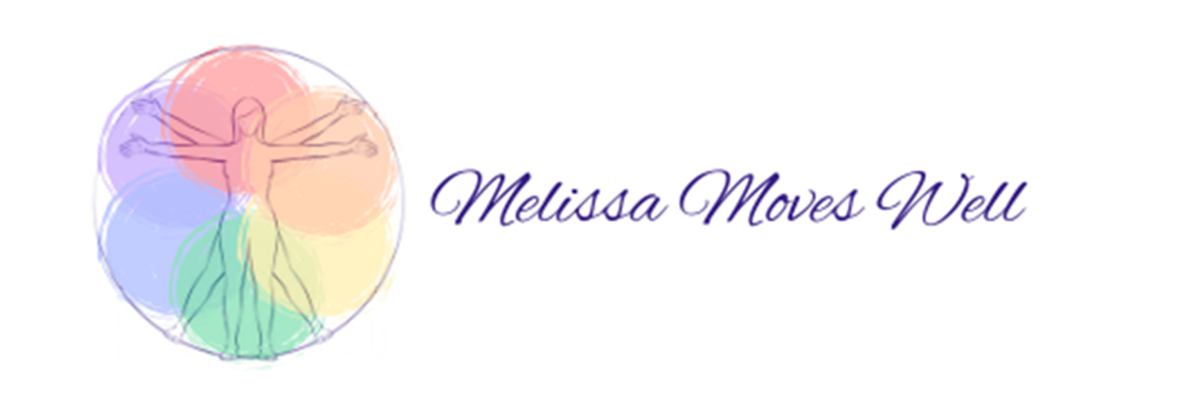
Hello, hello! After the marathon posts of the last few weeks, let’s chat about something relatively simple and straightforward today, yes? Starting an exercise with an engaged core is probably one of the most repeated phrases in personal training or group exercise. And yet so few of us really know what it means or how to properly complete this. If this is you, have no fear, I gotchu!
Engaging your core properly is critically important because you core musculature protects your spine. Yes, from acute trauma like slipped discs, but also from strains and overuse injuries that can worsen over time and cause chronic pain. Starting each and every rep of each and every exercise with a properly engaged core ensures that your spinal column is getting the best protection.
Additionally, properly engaging your core allows your body to work more efficiently and effectively. A core that is sturdy provides a base for upper body movement that is stable and strong. This allows other upper body joints, especially the shoulders, to do what they do without interference. A core that is stable also provides the hips with an anchor, again allowing easier movement and less pain.
As anyone who has ever participated in any type of sport can tell you, the core is also the transfer station of the body. In many sports activities, the power is generated in the lower body but needs to be moved to create motion in the upper body. A strong, stable core is the way that happens. Baseball, golf, and tennis swings, basketball jump shots, hockey shots on goal, soccer headers, and volleyball serves are all examples of motion that starts via power in the lower body and is transferred to created motion in the upper body.
I have already posted an article about the cues I use to encourage clients to engage their core. And it’s a great place to start, but a visual representation and walk through is always helpful. So here it is!

